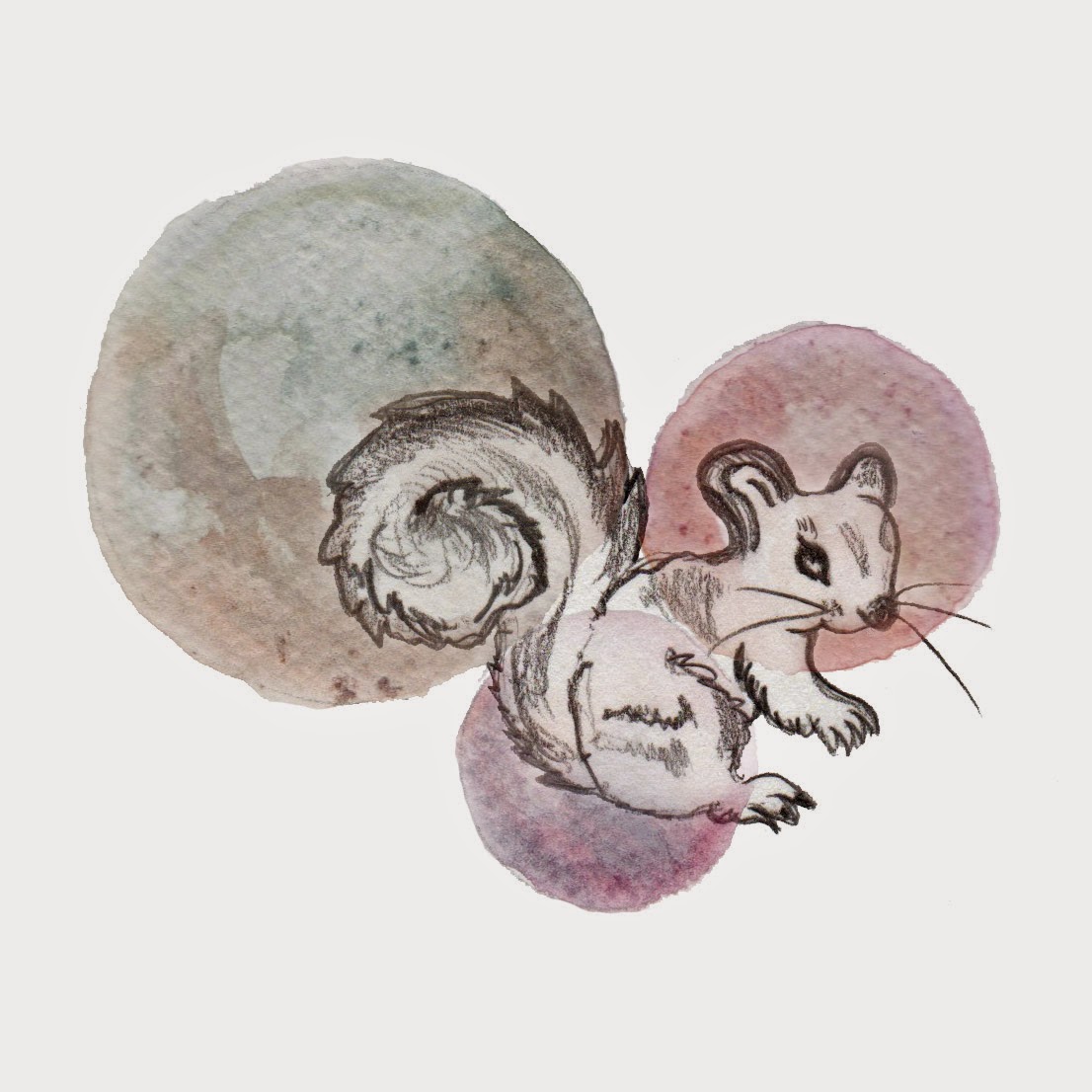The type of print finish you choose, can have a major impact on the effectiveness of the final printed material. Along with the standard digital printing method, other examples of some printing finishes include spot varnish, embossing, thermography, foil blocking, die cuts and lamination. The type of paper and finish can have a dramatic effect on your
printed material.
Blind emboss:
This is the process of raising letters or designs on card or tough paper where no printed image has been added. Blind embossing is a raised surface, whilst blind debossing gives a depressed surface in the paper.
Emboss:
The technique of raising up some of the printed page to create a shadow and adding dimension to a design. This requires a special dye and accurate registration. Putting a texture on the paper is also a form of embossing. Referring to heavily textured paper as “embossed” paper is simply a way to explain that the paper isn’t smooth and has a noticeable texture.
Die cut:
This used to create packaging from a regular sheet but can also be used in brochure design. An irregular shaped cut-out can be used in a leaflet or brochure to create an unusual cover, or to knockout a hole for an image to show through. The cutter can be combined with scoring to create folds in the paper. These can have a significant cost and are usually only used when a budget permits or for short, high-quality runs.
Foil blocking:
Metallic foil is applied to a page using heat and pressure to create a reflective area. The effect is more eye catching than a metallic ink given the foil’s greater reflective properties as it sits on top of the paper, whereas ink is partially absorbed. There are also matt foils that can be applied to gloss or reflective materials. White foil is ideal for use on dark coloured materials.
Blocking:
To impress or stamp a design on a cover. The design can be blocked in colour inks, gold leaf or metal foil. This is most commonly used on case bound book covers.
Coating:
A special water based coating – usually sealer, gloss, matt or silk is applied to protect printed items from ink smudges, finger marks or to enhance the appearance. Coatings are most commonly used on coated matt or silk paper, which are more prone to smudging than gloss paper. Coatings dry faster than varnishes, resulting in a quicker turn around of jobs, tend to be more scuff resistant than varnishes and there is less risk of yellowing paper.
Thermography (heat embossing):
Thermographic printing is a powder and heat process. The powder becomes liquid when heated and quickly dries hard when it cools. The end result is a raised surface on the paper. This is often used on business cards but can create interesting textures for invites and postcards.
UV:
UV is a special varnish which has undergone an accelerated drying process using ultra violet. A gloss UV varnish gives a very shiny effect, especially when used on printed matter with a matt laminate. With both gloss and matt finishes available, UV varnish gives a similar effect to lamination (although the process is more akin to printing a spot colour). The advantage is that it can be printed onto specific sections of a page to enhance a logo or image.
Varnishes:
Varnishes are applied to protect printed literature from ink smudging, finger marks or to enhance the appearance. There are five main types – machine, gloss, matt, silk and UV. Varnishes are commonly used on matt or silk coated paper as these are more prone to smudging than gloss coated paper. Applying varnish to the whole document as a seal is an ‘overall varnish’ whilst applying it to specific areas for effect is a ‘spot varnish’. However, this is more costly as the job is taken off the press and allowed to dry, before the varnish is applied on the press at a later date. The gloss varnish is a more subtle version of the gloss UV varnish.
Metallic inks:
These are spot printed onto a page and can add another dimension to literature as they have a reflective quality due to their metallic components. Available in a variety of Pantone colours, they are best used simply and sparingly, due to the viscosity of the ink. They can be prone to rubbing off if not coated or sealed.
Offset Lithography:
A printing process by which the inked image to be printed is transferred (offset) first to a rubber layer before contact with the paper, which takes up the inked areas. Higher quality than digital and can be used to print CMYK, specials or a mix of the two.
Scoring:
Scoring creates a line or depression in the paper to help the paper fold easily. Folding paper without scoring it first can look unprofessional and the paper may crack. A reverse score – where the outside of a printed item is scored and then folded back on itself – is sometimes used on glossy or plastic coated papers. Duplex and any paper that cracks when folded can be reverse scored.







































































